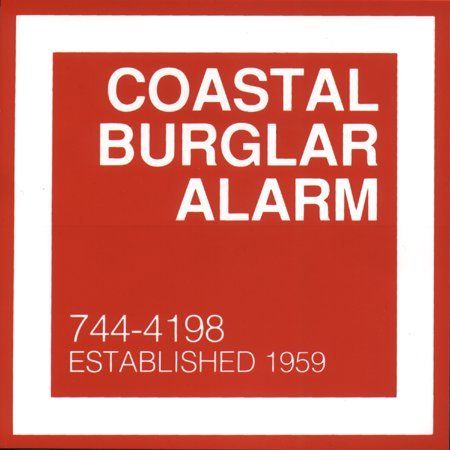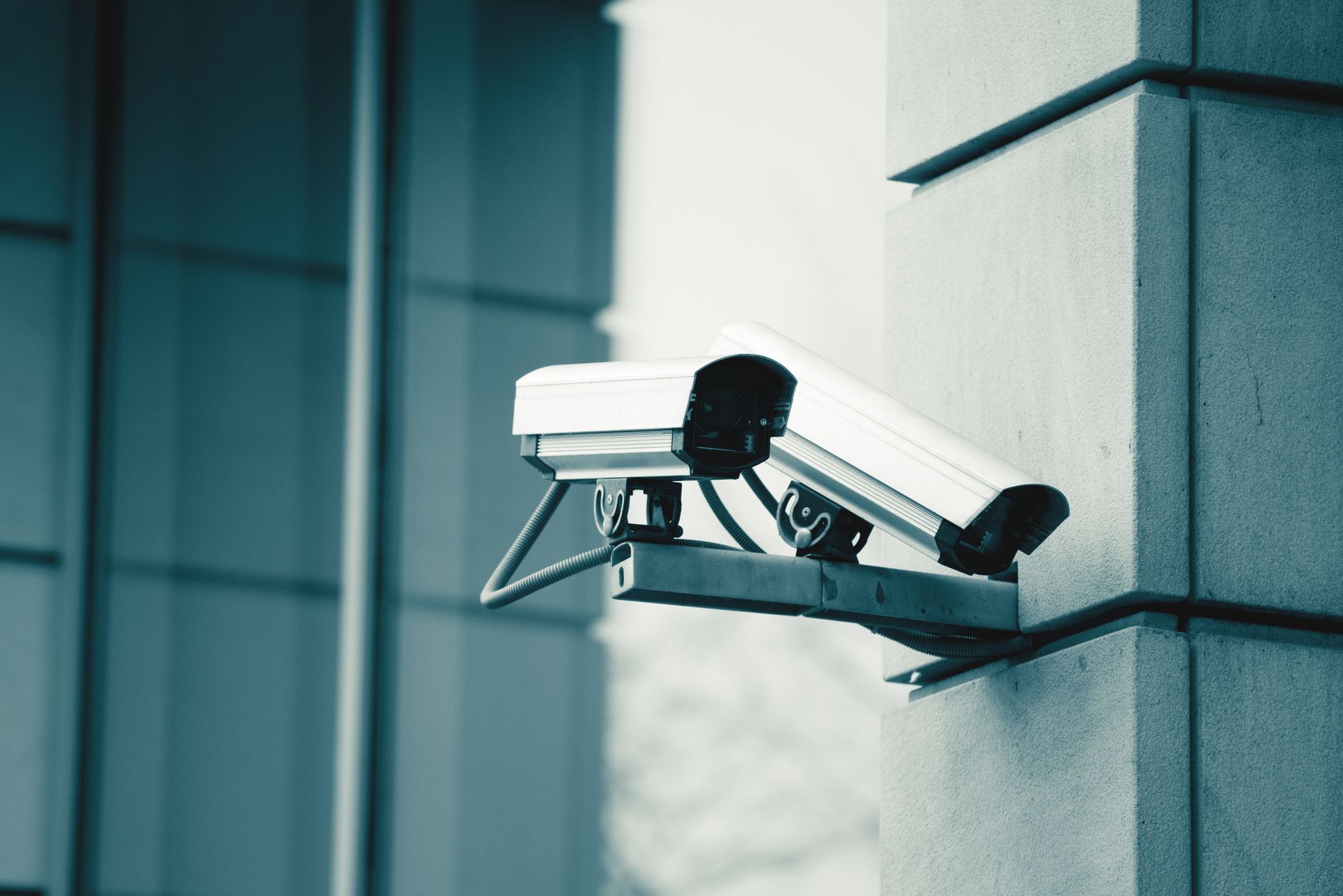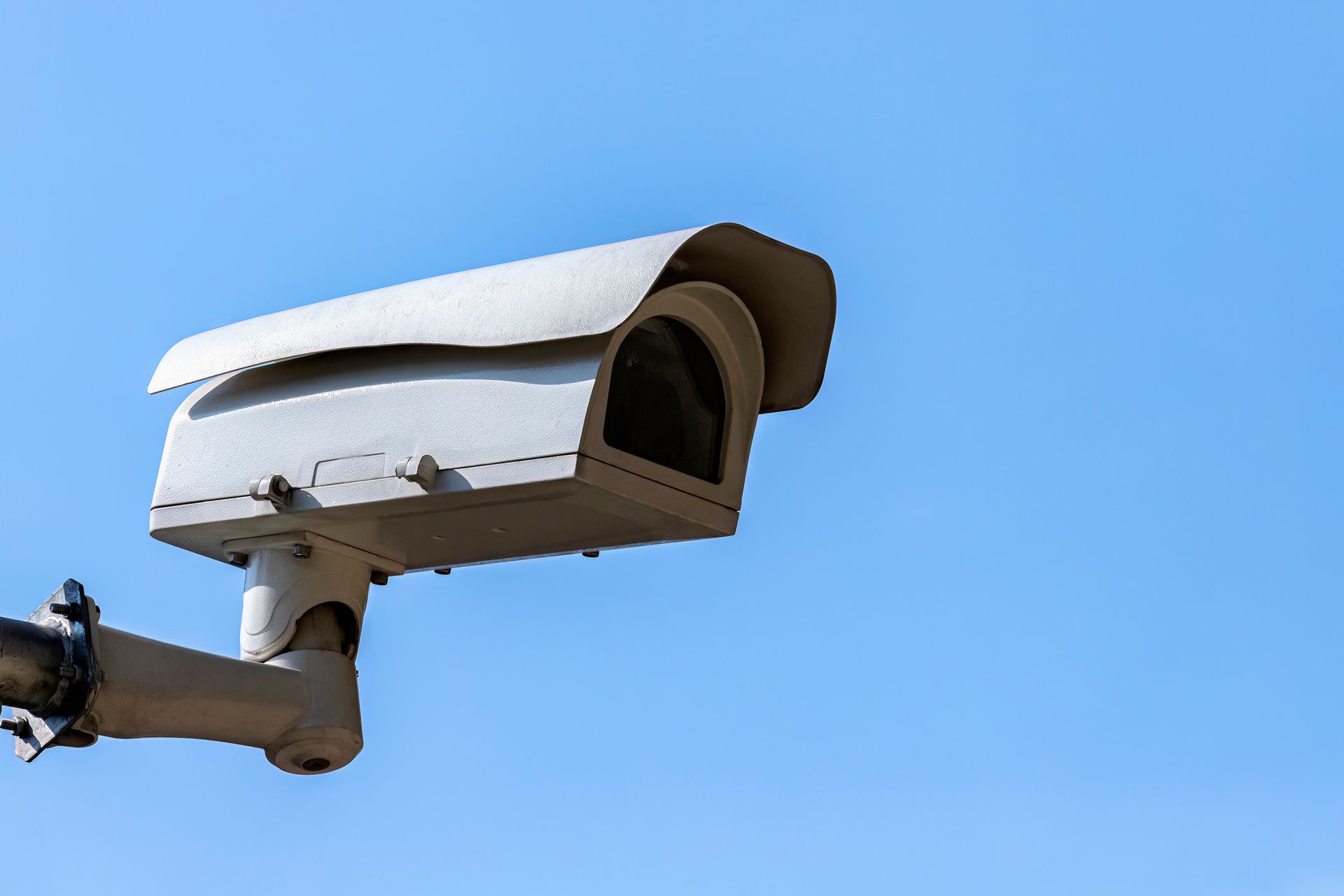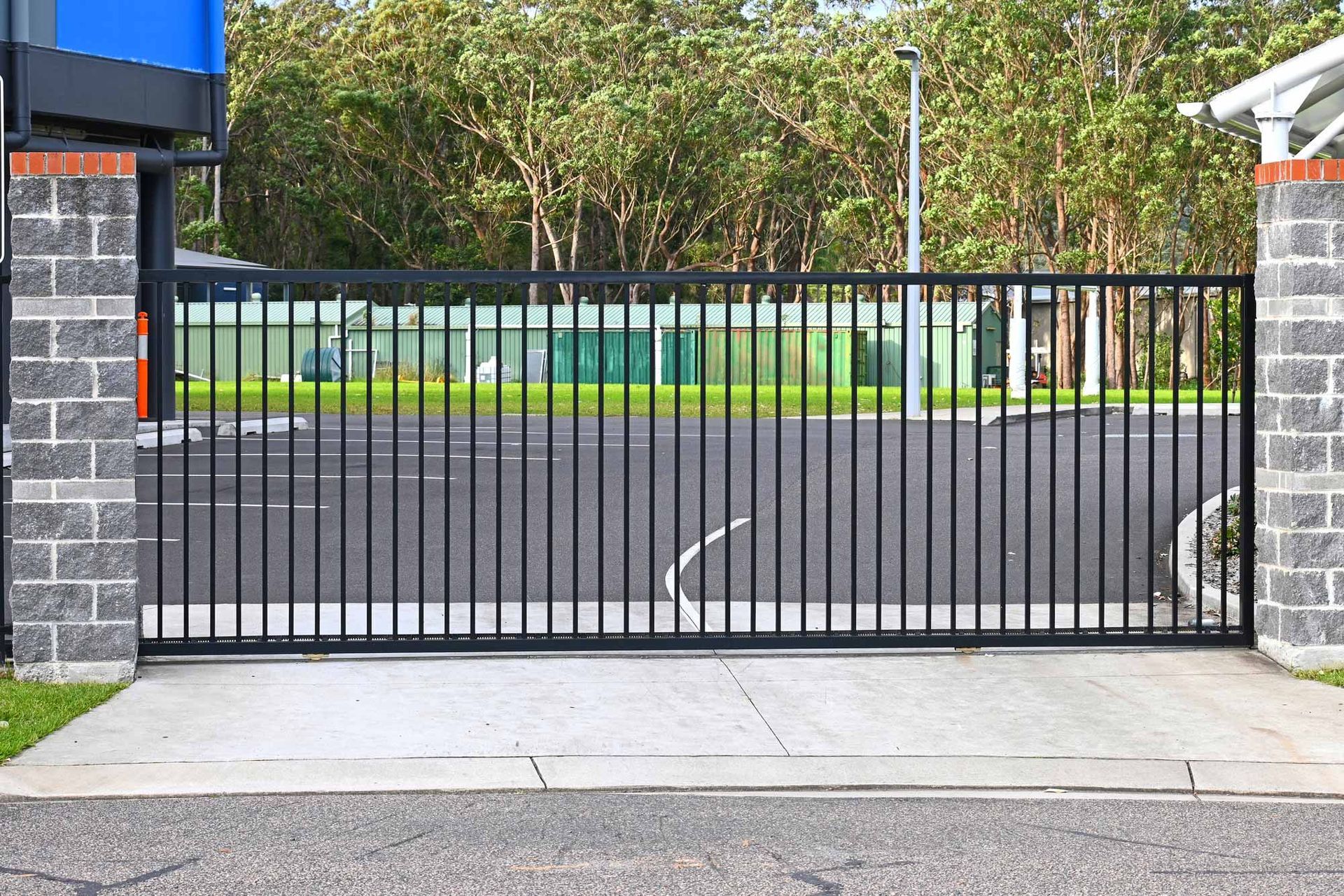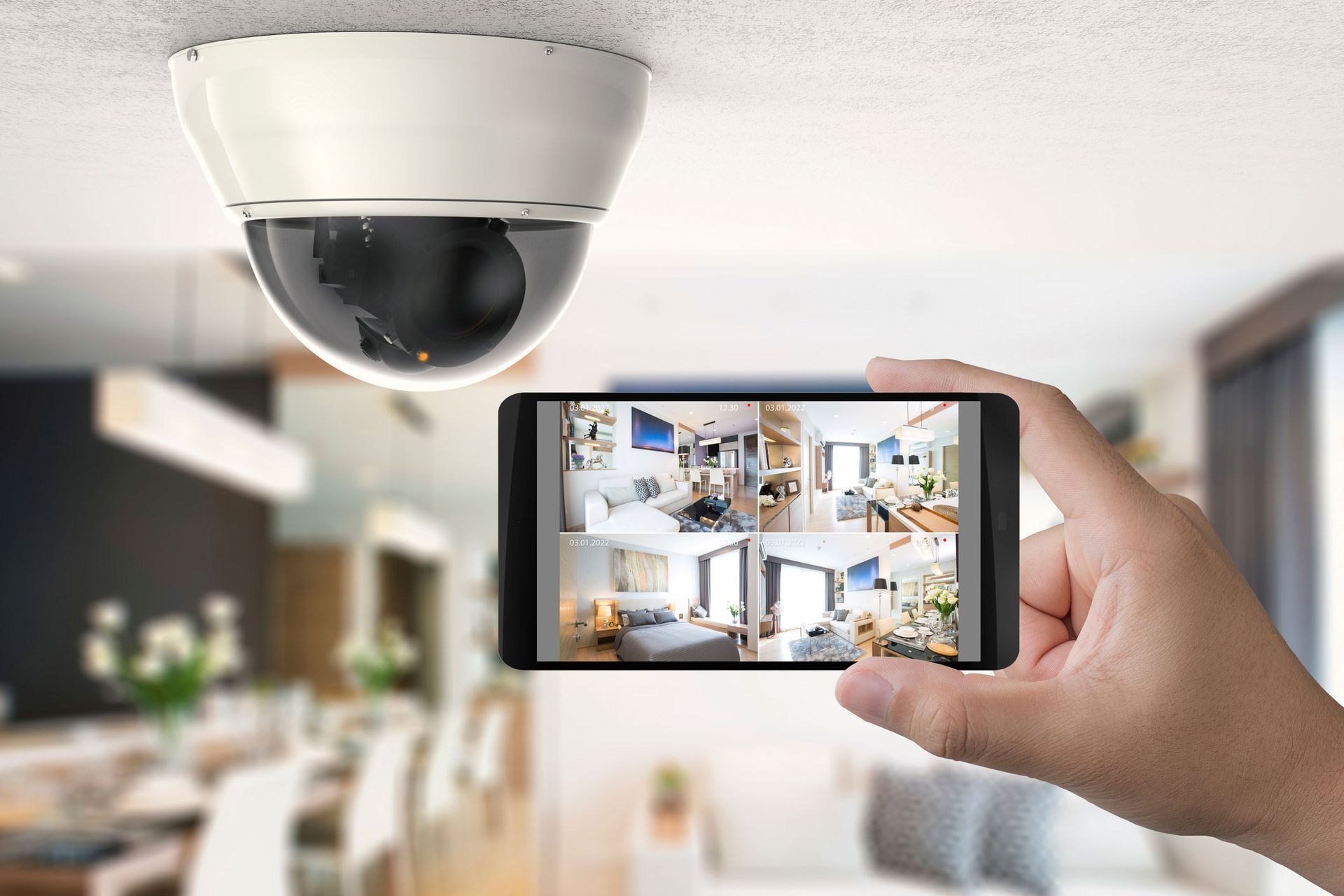The Inner Workings of Your Smoke Detector
Smoke detectors are a security staple in the modern home. Costing just around $7, these devices can keep you safe in case of fire starts when you're asleep or in another room. These devices save many lives a year, and should exist on every floor of your home.
These small devices have impressive inner workings so they can smell smoke before you do. Keep reading for an easy guide on the mechanism behind a smoke detector.
There are two main types of smoke detectors: photoelectric and ionization. These two types operate on completely different scientific principles.
Photoelectric Smoke Detectors
Photoelectric smoke detectors use light to detect smoke. The main mechanism includes a light and a photocell.
If you open up this kind of smoke detector, you won't see an LED or a blinking light. The light emitted in the detector is infrared, which is outside our visible range. This infrared light shoots out as a beam. However, it does not hit the photocell. Instead, the photocell is hidden at a 90° angle.
Photocells are very sensitive. If you had to wait for smoke to clog the machine until it blocked the photocell before the smoke detector started beeping, you wouldn't have a lot of time to react. Instead, the detector relies on light refraction, or scattering.
When smoke enters into one of these detectors, it scatters the light of the infrared beam. The light bounces around for a bit until it finds the photocell - which immediately triggers the alarm. In this system, a smaller amount of smoke will lead to the detector's warning sound, giving you more time to deal with the fire.
Photoelectric smoke detectors work best for smoky fires, like a burning mattress. Even with its clever design, it still needs a decent amount of smoke to effectively scatter the light.
Ionization Smoke Detectors
These detectors are far more common, cheaper, and complicated compared to their photoelectric competitor. Ionization detectors use radiation (don't worry, it's safe) to detect a fire even before a photoelectric detector starts its alarm.
This smoke detector has an ionization chamber. Using a tiny amount of americium (a slightly radioactive element), the chamber produces ions. Ions are atoms with a charge. When an atom loses an electron, it has a positive charge, while the electron has a negative.
With a tiny amount of radiation, air particles in the ionization chamber become positive and negative ions. Receptors in the ionization chamber keep track of the ions bouncing around. As long as there are enough ions to hit the sensors, the smoke detector is quiet.
However, when smoke enters the detector, it pollutes the ionization chamber. Instead of hitting the receptors, the ions in the chamber combined with different smoke particles. When the receptors cannot detect enough ions, they trigger the alarm.
Yes, ionization smoke detectors use a radioactive substance, but the detectors are still completely safe. Americium radiation can be blocked by few centimeters of air. As long as you're not sniffing it, there's nothing to be worried about.
Ionization smoke detectors are extremely sensitive. They work best for flaming fires that produce little smoke. However, photoelectric detectors will often detect an especially smoky fire before the ionization detector.
Conclusion
We all know that smoke detectors keep us safe, but you may not have known how. While you're asleep, you can trust your photoelectric and/or ionization detector to look out for potential fires so you don't have to.
At Coastal Burglar Alarm, we know that you are more than an account number. Instead of providing generalized service to you and a million others out of state, we give you individualized, specific solutions to your security needs from our local monitoring facility. Contact us today.
